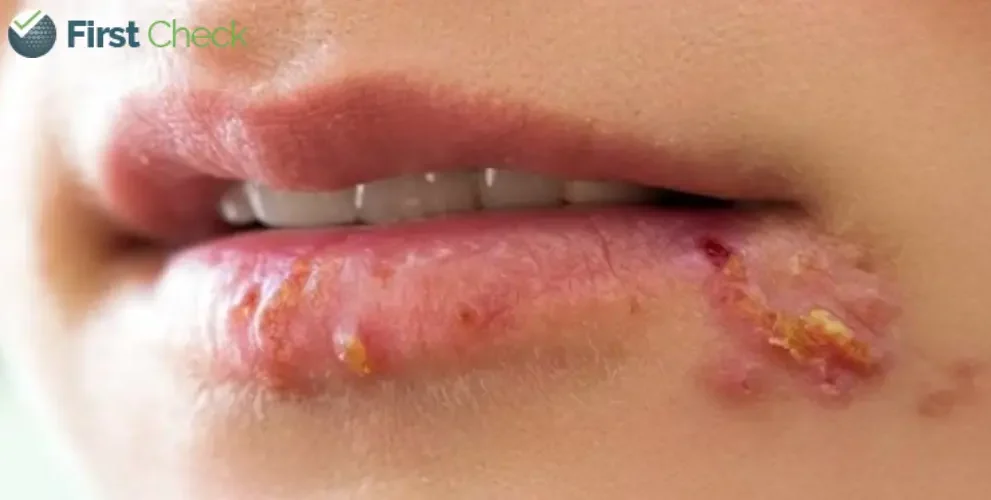Latest
FACT CHECK: Are all types of herpes infections sexually transmitted?
Author
Author
- admin / 1 year

- 0
- 2 min read

Author
CLAIM:
All types of herpes infections are sexually transmitted
FACT:
Only a particular type of Herpes, called the Herpes Simplex Virus (HSV), is spread through sexual activity. Herpes Zoster, also referred to as Shingles, is caused by the reactivation of the childhood chicken pox virus in adulthood
The term Herpes, a viral skin infection, is sufficient for individuals afflicted by the skin condition to suffer social relegation by self-proclaimed health experts and those under their spell. Those with the condition have to wade through the burden of social stigma, as it is seen as a sexually transmitted disease.
This is an instance when ignorance of the layman is definitely not bliss, at least for those that are afflicted by the virus. However, Team First Check found that not all variations of the disease affect humans, and not all of them are sexually transmitted.
Herpes virus is the umbrella term for more than 100 viruses, of which only eight infect humans. The major types among these include the Herpes Simplex Virus (HSV) and the Herpes Varicella Zoster virus. Broadly speaking, both Herpes Viruses manifest as blisters (cold sores) or ulcers (open sores) in different body parts depending on the type of herpes virus that has invaded the body.
However, only the HSV is transmitted through sexual contact.
Herpes Zoster, also referred to as Shingles, is caused by the reactivation of the childhood chicken pox virus in adulthood. When an adult’s immune defence is compromised this latent virus, now termed the Zoster virus, replicates and manifests as blisters, with the accompanying symptoms of fever, fatigue, pain, itchiness and tingling sensation in areas of the skin likely to be infested with blister formation.
Currently, there is no treatment for Herpes Zoster; however, a combination of anti-virals, topical ointments and pain killers should help to relieve the symptoms.
In the aforementioned backdrop, one should exercise due caution to not use the term herpes loosely, and extend empathetic treatment to the patient. One should also help others understand the nuances and conspicuous difference between the two to contribute to changing the societal attitude towards herpes patients.
Read More : Explainer: Cardiac Arrest and Heart Attack are not the Same









